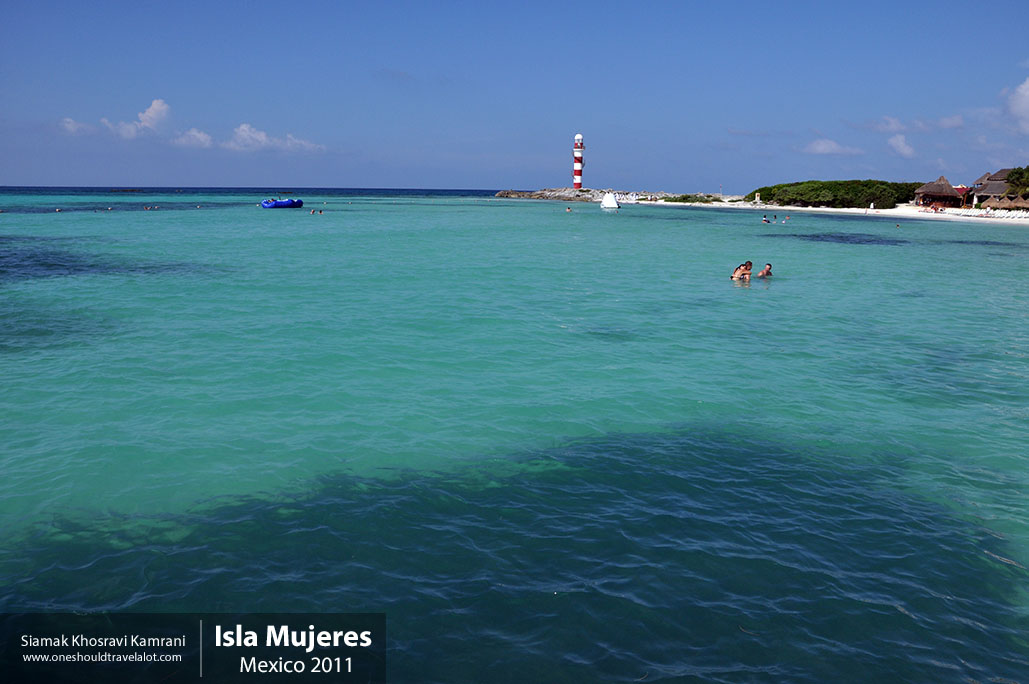Discovering the Magic of Cenote Ik Kil: A Photographer’s Journey
Initial Impressions of Yucatán, Mexico
As I landed in the Yucatán Peninsula, Mexico, the warm, humid air immediately embraced me, signaling the start of an adventure unlike any other. My destination was Cenote Ik Kil, one of the most famous natural sinkholes in the region. Known for its breathtaking beauty and historical significance, this cenote promised an unforgettable experience.
Yucatán’s rich tapestry of history, culture, and natural wonders made it an irresistible lure for any photographer. The city of Valladolid, my base for this journey, was a charming colonial town that welcomed visitors with vibrant colors, cobblestone streets, and a laid-back atmosphere. As I wandered through Valladolid’s lively markets and historic plazas, I couldn’t help but marvel at the seamless blend of Mayan and Spanish influences that defined this region.
The Road to Cenote Ik Kil
An early morning drive from Valladolid took me through lush jungles and small villages, each offering a glimpse into the daily lives of the Yucatec Maya people. The journey itself was a photographer’s dream, with the dense foliage creating a natural tunnel that occasionally parted to reveal fields of agave and maize, and the occasional pyramid peeking through the canopy.
Upon arriving at Cenote Ik Kil, I was greeted by a serene setting. The cenote is located within the eco-archaeological park near the Chichen Itza ruins, a UNESCO World Heritage Site. The proximity to such a historic landmark added an extra layer of excitement to my visit.
The Mesmerizing Beauty of Cenote Ik Kil
Descending the stone steps carved into the limestone, I felt like I was entering another world. The temperature dropped noticeably, providing a cool respite from the tropical heat. As I reached the final steps, the cenote’s beauty unfolded before me. A large, almost perfectly round opening revealed a pool of crystal-clear water about 85 feet below ground level.
Sunlight filtered through the lush greenery hanging from the edges of the cenote, creating a magical interplay of light and shadow on the water’s surface. Vines and small waterfalls cascaded down the sides, adding to the enchanting atmosphere. The water, a deep turquoise, was so clear that I could see the shadows of fish swimming lazily below.
Capturing the Essence of Cenote Ik Kil
Setting up my camera, I aimed to capture the ethereal quality of the cenote. The interplay of natural elements – the limestone walls, the hanging vegetation, the shimmering water – created a composition that was both tranquil and dynamic. As I adjusted my settings, the sounds of nature – birds singing, water trickling, and leaves rustling – provided a soothing soundtrack.
One of the most striking features of Cenote Ik Kil is its near-perfect circular shape, which gives the impression of an enormous well. The cenote is open to the sky, and the contrast between the dark, shadowy depths and the bright, sunlit rim creates a dramatic effect. I focused on capturing the reflections and the play of light on the water, striving to convey the cenote’s mystical allure.
The Cultural Significance of Cenotes
Cenotes hold a special place in Mayan culture. They were considered sacred gateways to the underworld and were often used for rituals and offerings. As I explored the area, I felt a deep sense of connection to the ancient civilization that once thrived here. The presence of Chichen Itza, with its majestic pyramid of Kukulkan visible in the distance, added to the historical context of my visit.
Speaking with locals, I learned more about the spiritual and practical significance of cenotes. They were crucial sources of fresh water in the otherwise arid Yucatán Peninsula, and their formation is attributed to the collapse of limestone bedrock, exposing the groundwater beneath. This unique geological process has created thousands of cenotes throughout the region, each with its own character and story.
Immersing in the Experience
After capturing numerous photographs, I couldn’t resist the urge to take a dip in the cenote’s inviting waters. The cool water was incredibly refreshing, and as I floated on my back, looking up at the circle of sky above, I felt a profound sense of peace. Swimming in Cenote Ik Kil was a transcendent experience, a moment of pure connection with nature.
Locals and tourists alike gathered around, some diving from the ledges while others simply soaked in the beauty of the surroundings. The cenote was a place where people from different cultures and backgrounds came together to share in the wonder of this natural marvel.
Exploring the Surrounding Area
Beyond the cenote, the surrounding park offered more to explore. Paths winding through the jungle led to additional viewpoints and smaller cenotes, each with its own unique charm. The dense foliage and occasional glimpses of wildlife added an element of adventure to my exploration.
The park also provided educational displays about the cenotes and their importance to the Mayan civilization. These displays offered valuable insights and enhanced my appreciation of the region’s rich history and natural beauty.
Reflecting on the Journey
As I packed up my gear and prepared to leave Cenote Ik Kil, I felt a deep sense of gratitude for the experience. This journey had been more than just a photographic expedition; it had been a journey through time and nature, a glimpse into the soul of the Yucatán Peninsula.
The memories of Cenote Ik Kil, with its serene beauty and profound cultural significance, would stay with me long after I left. It was a place where nature and history intertwined, creating a tapestry of experiences that enriched my understanding of the world.



